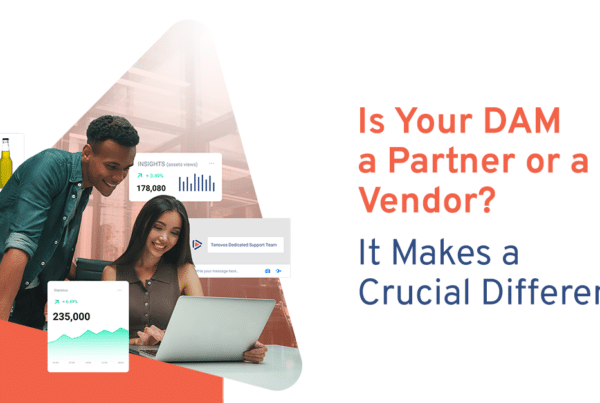
Is Your DAM a Partner or a Vendor? It Makes a Crucial Difference
August 19, 2025
Is Your DAM a Partner or a Vendor? It Makes a Crucial Difference
Far too few companies are talking about the crisis of utilization: Most people using DAM…
